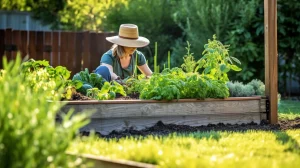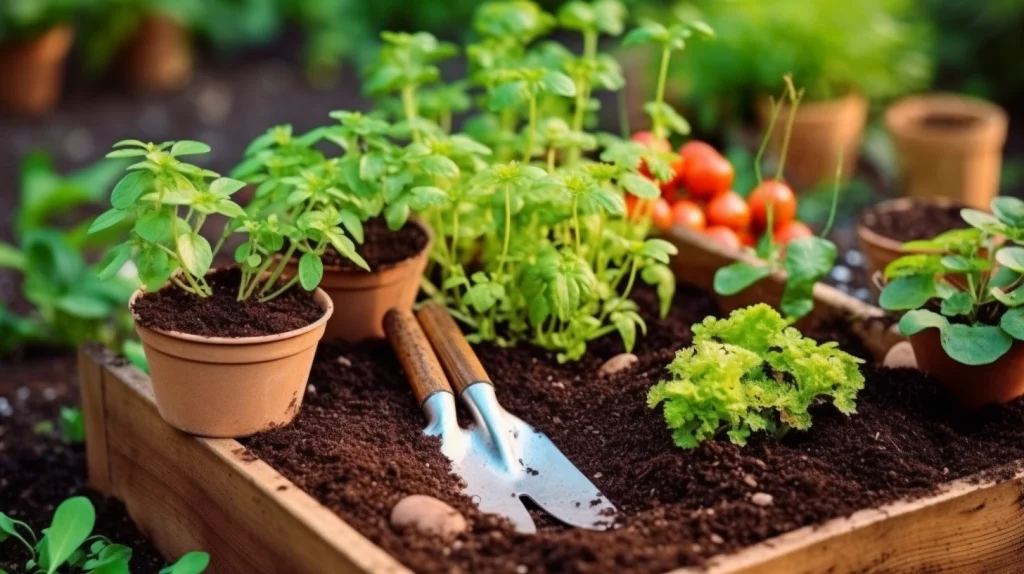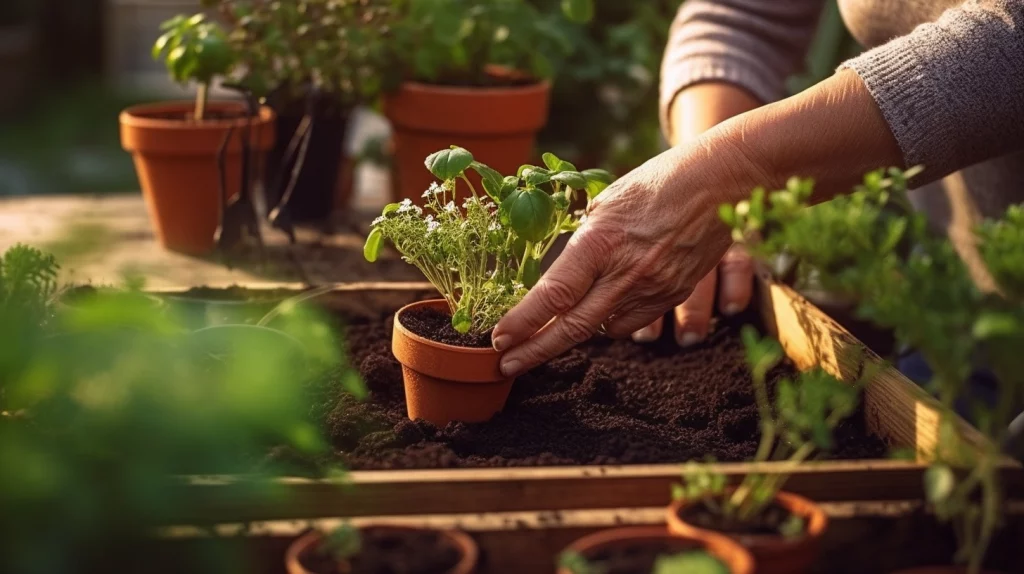
5 Key Elements of Soil for Raised Beds
The Best Soil for Raised Beds: A Comprehensive Guide from Oregon Super Soil When it comes to gardening, the soil

Starting a garden can be a rewarding experience, providing not only fresh produce or beautiful flowers but also a sense of accomplishment and a connection to nature. Whether you’re a beginner or an experienced gardener looking to expand your knowledge, this guide will provide you with the essential steps to start a garden.
Starting a garden requires more than just seeds and soil. You’ll also need some basic tools to help you plant, maintain, and harvest your garden. Here are some essential gardening tools that every beginner should consider:

Remember, you don’t need to buy everything at once. Start with the basics and add tools as you find you need them. As you gain more experience, you might find that other tools, like a garden knife or a soil pH tester, could be useful additions to your gardening kit. Happy gardening!
The first step in starting a garden is choosing the right location. Most vegetables and flowers need about 6 hours of full sun each day. Look for a spot that gets well-drained, fertile soil. If you’re not sure about the quality of your soil, consider getting a soil test. Our latest soil test report provides key insights into the quality of Oregon Super Soil.
Choosing the right plants for your garden is crucial. Some plants are easier to grow than others, and it’s important to select plants that match your skill level and the conditions of your garden. Here, we’ve categorized some beginner-friendly plants into two groups: “Easy-to-Grow Vegetables” and “Beginner-Friendly Herbs and Flowers”.
These vegetables are known for their hardiness and minimal care requirements, making them perfect for beginner gardeners:
These plants add beauty to your garden and are also quite easy to care for:
Remember, the key to a successful garden is choosing plants that match your skill level and the conditions of your garden. As you gain more experience, you can start to experiment with more challenging plants. For more detailed information on different types of plants and their requirements, check out our gardening guide.

While gardening is a rewarding hobby, it can also be challenging, especially for beginners. Some plants require more care and attention than others, making them less suitable for those just starting out. Here are some plants that beginners might want to avoid until they’ve gained more experience:
Remember, gardening is a learning process. As you gain more experience and confidence, you might find yourself ready to take on the challenge of these more difficult plants. Until then, stick with the easier options and enjoy the process of learning and growing.
Proper soil preparation is key to a successful garden. Remove the sod covering the area you plan to plant. If you want quick results, you can dig it out, but it’s easier to smother it with newspaper. Put a 3- to 4-inch layer of chopped leaves, compost, or aged manure over the newspaper and wait. It’ll take about four months for the compost and paper to decompose.
If you’re looking for a quicker solution, consider using our Super Soil Starter Kit. It’s designed to give your garden a strong start with nutrient-rich soil. For larger gardens, we also offer bulk soil options.

Once your soil is prepared, it’s time to plant. Some vegetables, such as lettuce and root vegetables, are best grown from seeds directly sown in the garden. Others, like tomatoes and peppers, are usually started indoors and transplanted to the garden as small plants.
To ensure healthy root growth, consider using our root enhancer. It’s designed to promote strong and healthy root systems, which are crucial for plant health and productivity.
Watering is an essential part of garden care. Seedlings should never dry out, so water daily while they are small. Taper off as the plants get larger. New transplants also need frequent watering—every other day or so—until their roots become established. After that, how often you need to water depends on your soil, humidity, and rainfall.
Mulching your garden can help control weeds and keep soil moist. Organic mulches can also improve the soil as they decompose. If you’re not sure how to get started with mulching, check out our guide on understanding soil.
Your garden is on its way. Keep watering when needed, and keep an eye out for weeds. It’s easier to pull weeds out of moist soil. If weeds get out of control, and you’re in a hurry, at least chop off their heads before they go to seed.
Starting a garden can be a rewarding experience. With the right location, the right
plants, and the right care, you can create a beautiful and productive garden. Remember, gardening is a journey, not a destination. Enjoy the process, learn from your experiences, and don’t be afraid to get your hands dirty!
If you’re in Arizona, be sure to check out our Arizona locations for local gardening resources. And for more in-depth information on gardening, check out our comprehensive gardening guides, including our guide on how to start a garden and our guide on super soil.
Remember, at Oregon Super Soil, we’re here to help you every step of the way on your gardening journey. From our soil bags to our root enhancer, we have everything you need to start your garden off right. Happy gardening!
“The glory of gardening: hands in the dirt, head in the sun, heart with nature. To nurture a garden is to feed not just the body, but the soul.” – Alfred Austin
This quote perfectly encapsulates the joy and fulfillment that comes from gardening. So why wait? Start your gardening journey today with Oregon Super Soil!

The Best Soil for Raised Beds: A Comprehensive Guide from Oregon Super Soil When it comes to gardening, the soil
© 2023 All rights reserved
Oregon Super Soil